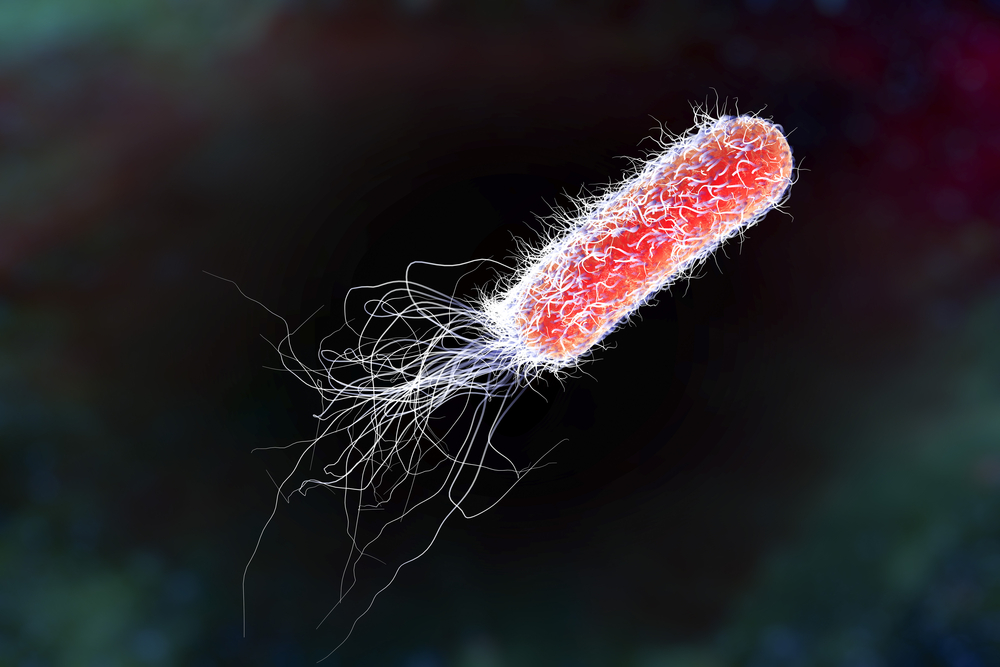Pseudomonas spp. are proteolytic microorganisms, meaning they can break down protein, producing a variety of odor and flavor defects. Pseudomonas spp. are strongly proteolytic and cause undesirable changes in meat particularly when high populations are reached after extended refrigerated storage. Pseudomonas spp. can also cause slime to develop on meat. Pseudomonas spp. also produces green pigments on the surface of meat products stored aerobically at refrigeration temperature.
Pseudomonads are psychrotrophic bacteria, which means they grow in foods at refrigeration temperatures (0 to 7 °C). Therefore, it is key to start with low amounts of Pseudomonas spp. on meat at the beginning of its shelf life to limit the amount that can proliferate and cause spoilage issues. Minor biochemical changes in the food may occur early during the growth phase of Pseudomonas spp., but several days to weeks of refrigeration may be necessary for changes to become organoleptically apparent. However, a higher number of Pseudomonas spp. initially will cause the process of sensory degradation to occur more quickly.
Pseudomonads are aerobic, therefore their growth is inhibited in reduced-oxygen environments. Pseudomonads are also particularly sensitive to carbon dioxide. Therefore, different packaging conditions will control or allow the growth of Pseudomonas spp. differently. Pseudomonas spp. become the dominate species on meat products stored aerobically. For example one study found that under air conditions at 5°C, Pseudomonas spp. grew from <10 CFU/g to above 100,000 CFU/g in four days of refrigerated storage. After 7 days in air packaging, the counts of Pseudomona spp. grew to over 30,000,000 CFU/g. In the study, after 14 days of storage, all meat samples presented objective signs of spoilage and were sensorially not acceptable. At this stage Pseudomonas spp. counts were 1,000,000,000 CFU/g. Again, the higher the numbers of Pseudomonas spp. that exist initially will cause the onset of negative characteristics to develop sooner. For example, one study showed that at 5 °C, it took sliced beef 13 days to develop slime when the initial microbial load was <100 CFU/g. However, when the initial load was 2,000 CFU/g, it took only 11 days to develop slime.
When numbers of psychrotrophic spoilage organisms, including Pseudomonas spp. reach 107 to 108 (10,000,000 to 100,000,000) CFU/cm2 or CFU/g, off odors and slime occur. However, Pseudomonas spp. can make up varying degrees of the total population of psychrotrophic organisms responsible for spoiling a given product.
In conclusion, initial loads of Pseudomonas spp. should be <100 CFU/g on meat products stored aerobically to achieve ideal shelf life results and sensory appeal.


